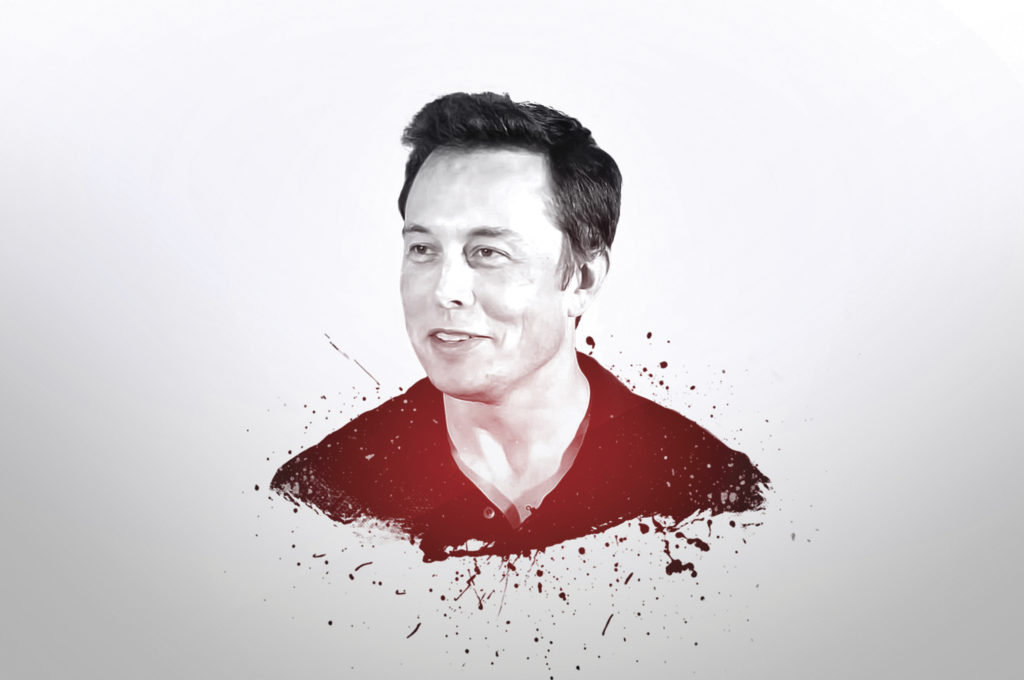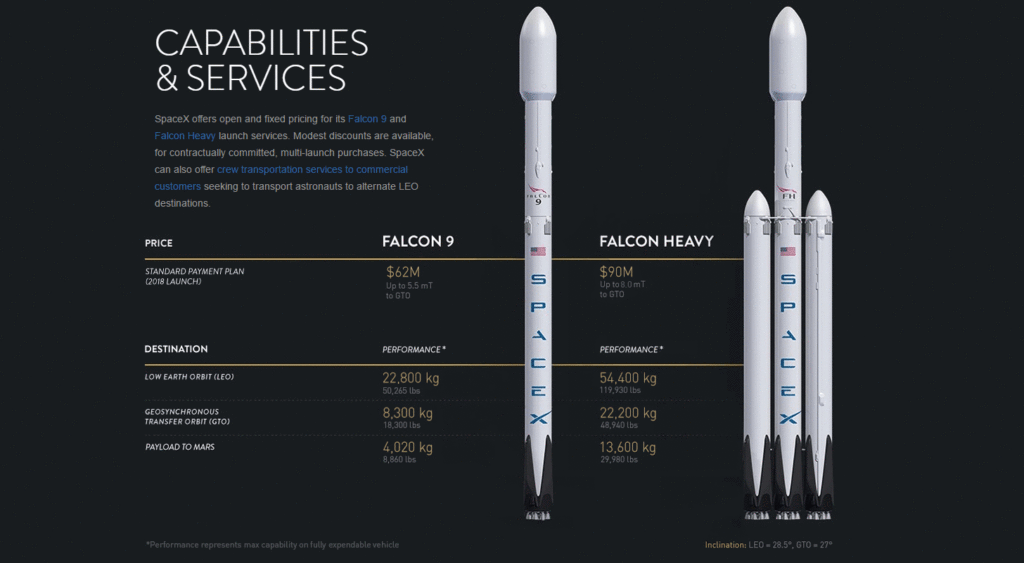
Musk’s Insane Financial Moves to Sustain His Companies
At 45 years old, the South-African entrepreneur Elon Musk has built a $50B business empire focusing on clean-tech and space exploration. Considered one of the most risk-seeking entrepreneurs the Silicon Valley has seen, Musk’s have adopted some very unusual financial moves to raise capital and sustain his companies.
After making a fortune through Paypal’s acquisition, Musk invested all his gains, $165M, to kickstart his companies alongside other investors. Beyond Musk’s investment, Tesla Motors, SolarCity, and SpaceX are continually raising capital either from the public market or the government and private sector. According to CrunchBase, Tesla raised more than $5.27B, SpaceX raised $1.15B and SolarCity $2.11B before being acquired by Tesla. What sets apart these companies is their capability to collaborate, put their money at work and Musk’s financial involvement.
In 2008 during the financial crisis, Tesla struggled to reach profitability and was looking to raise $100M for the launch of the Model S. The electric-car maker had to layoff 24% of its staff and Musk had to invest his last $35M into the firm.
« This was, ‘Holy sh*t.’ Personal bankruptcy was a daily conversation. Tesla was on the limb to deliver cars that people already paid for. Bankruptcy would have been easier than what he did. He threw everything he had into keeping Tesla alive » said his brother Kimbal.
A year later, Tesla received a $465M low-interest loan from the government, a matter that has been highly criticized by some politicians to which Musk answered sharply (see here: https://www.youtube.com/watch?v=oY7ChVQScDo). He even made the car-company borrow $20M from SpaceX when the space-company signed off a big contract with the NASA. But I think one of the most notorious financial moves was the $300M increased personal credit line that Musk revealed when both Tesla and SolarCity were struggling in 2013. It proves Musk’s capacity to deal with risk and his deep involvement in each of his companies.
Another move is their ability to optimize their cash flows. SpaceX’s customers make upfront payments to finance future launches. Still, it usually sits in a bank account for a year or two. During that period, SpaceX is investing in SolarCity bonds (US$165 million in 2015) that pay way more than government bonds — 4.4% interest for a one-year investment. As of today, SpaceX has 55 missions waiting to be launched which means 55 payments received in full according to its website (http://www.spacex.com/missions).

The day Tesla’s model 3 was announced, 200,000 cars were pre-ordered, and reached 400,000 last April according to CNN. By simply accepting pre-orders, the electric-car maker launched its own « Kickstarter campaign » by raising more than $400M without starting the production. This tremendous momentum for Model 3 corresponds to more than $16.8B in future cash flows, making its stock price skyrocket 49% this year with a market capitalization exceeding General Motors or even Ford (Tesla sold 76,000 cars in 2016 whereas Ford sold 6.7 million cars in the same year). Investors are now used to Musk’s extreme positivity towards deadlines and challenges that help his companies raising more capital.
« Whether we want to admit it or not, many of us are members of Elon Musk’s fan club. […] His approach is authentic and well-planned, making people believe in more than his products, but also his mission. »
References
- http://www.valuewalk.com/2016/04/elon-musk-strange-financial-moves/
- http://fortune.com/2015/08/07/this-is-why-elon-musks-spacex-has-been-buying-up-solarcitys-bonds/
- https://www.equities.com/news/tesla-and-solar-city-s-ridiculous-valuations
- https://www.economist.com/news/business/21709061-entrepreneurs-finances-are-jaw-dropping-inventive-and-combustible-his-space
- https://techcrunch.com/gallery/a-brief-history-of-tesla/slide
- https://electrek.co/2017/05/30/tesla-stock-tsla-model-3/
4 comments on “Musk’s Insane Financial Moves to Sustain His Companies”
Comments are closed.



Hi Loic – Elon sure is one of the most passionate entrepreneurs that I have ever heard of! What do you think the probability is that he could take down all of his companies at once due to the interdependence of their finances?
Users who have LIKED this comment:
MS&E 238-A
In response to Eldon’s question, this is a very interesting question that came to my mind as well. I feel that Elon’s business structure is not structured or comforting, thanks to the high levels of interdependencies each of his companies’ finances. His passion and vision are commendable no doubt, but as each of his companies seem to be gaining traction, there is definitely going to be a point in time in the near future where each of these companies will have to restructure their organization and transform into three independent business giants. This sort of financial interdependency can be managed for only so long before the downfall of one will bring down the other two as well.
Hi Loic, this is a very interesting post, perhaps may be because I like a business topic.
I really have a hard time understand their corporate governance. With 674 million negative Net Income, Tesla just keeps raising their R&D expense, from 717 million last year to 834 million this year. Even with accrued revenue of $400 million Teslas gains from « Kickstarter campaign » you mentioned, it only helps to cover a half of their negative Net Income.
Even with their poor performance, the market (i.e. stock price) has surged and Tesla became the highest market cap automobile OEM. I feel like Tesla stock is like a bubble that might crash in the future, even though I have a very positive view of Elon’s passion towards sustainability practices.
Nice post!
Elon’s story is fascinating and nonetheless impressive. It seems the digital economy really has started to set it’s mark on the automobile industry. Much like it revolutionized the seemingly non-digital financial services – think 20 years back – it has changed the way we think of the automobile industry.
Even though Tesla only just made it past the financial crash in 2008 alive, this thanks to Mr. Musk, I highly doubt their future success rest so much on Mr. Musk’s financial savvy. Tesla’s stock as @William Hachiya mentioned above is highly inflated, they earn a tiny fraction of what GM earn and have a similar market cap; 20 years ago this would have been unheard of. The large intangible in Tesla’s valuation lays in their ability to master the digital technologies, this ever so obvious in their small but growing fleet of smart-vehicles that continue to gather valuable data. First mover advantage when it comes to gathering data is key, just look at the Big five: Apple, Alphabet, Microsoft, Amazon, and Facebook.
This being said, Tesla earning so little and valued at so much their future lays in the hands of the investors and not the financial brilliance of Mr. Musk. They could surely not survive a mass stock dump to an industry average price-earnings multiple. For Tesla to stay afloat the investors must continue to believe in their ability to stay ahead of GM and ford in the digital transformation. The financial savvy of Mr. Musk will of course be helpful in Tesla’s destiny, however they will rely now more than ever on his tech. savviness to stay ahead and afloat.